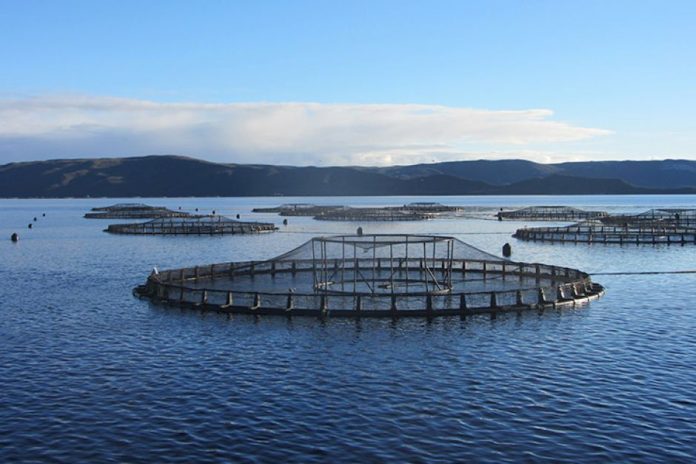The Tasmanian-based salmon and seafood producer forecasts an increase in harvest production and sales in FY2019.
“From our analysis, there appears to be a supply shortage for domestic market fulfilment, and this should lead to strong pricing returns and an improved domestic pricing outlook …,” Tassal chairman Allan McCallum and chief executive Mark Ryan said in the company’s 2017-18 annual report first reported in The Examiner.

“Demand for seafood in Australia is forecast to outstrip seafood and aquaculture growth, and analysts are signalling strong demand growth from China and North and South America.”
Tassal’s 2018 EBIT was down 7.1% to $87.0 million compared to FY2017 which was $93.6 million.

One factors behind Tassal’s positive outlook included fish size growth. Live fish size at 30 June 2018 was up 5.3% resulting in 5.5% increase in live biomass for harvest tonnage in FY2019.
It said that supported better domestic yields and pricing and underpinned an Asian export program requiring very large fish (for premium prices). “Domestically and globally, salmon demand is outpacing supply,” it said.
”Overall … we believe salmon demand should outstrip supply, with the outcome pricing will outpace costs,” they said.
“We are actively investigating strategic growth opportunities which unlock large synergies in the seafood supply market,” said Tassal Director, Allan McCallum and company CEO Mark Ryan.
“Opportunities continue to be presented and assessed – like prawn farms – in the seafood value chain to diversify earnings and as a risk mitigation strategy.”
Wholly owned Tassal subsidiary De Costi Seafoods recently bought prawn aquaculture operation the Fortune Group for $31.9 million. The deal involved three prawn farms, in New South Wales and Queensland. The company will invest up $34 million in a development program across the prawn farms.
Tassal has implemented a remote feeding strategy which has commenced with a roll-out program that will see all pens remotely fed by 31 December 2018. It said that its new “well Boat and Feed Centre likely to drive both cost and operational efficiencies in the medium term.”

